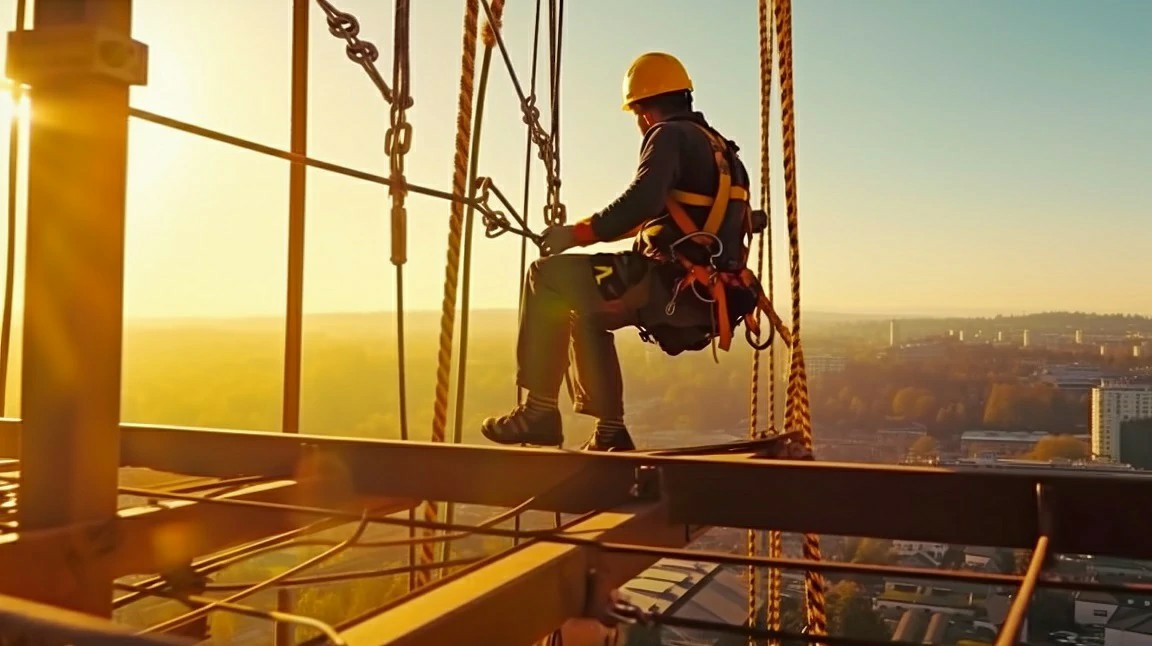


 349,500 Offered Certificates
349,500 Offered Certificates
 24/7 Online Training
24/7 Online Training
 Money Back Guarantee
Money Back Guarantee
 Fully Accredited Courses
Fully Accredited Courses

Created at: 22-02-2025 14:21
Working at heights poses significant risks, making safety compliance crucial for any business in this field. Accidents can lead to serious injuries, legal penalties, and increased insurance costs. In this blog, we provide a comprehensive compliance checklist that businesses should follow before permitting employees to work at heights. Whether you are in Dublin, Cork, or Galway, adhering to these guidelines will not only ensure the safety of your workforce but also help maintain your reputation as a responsible employer.
The importance of compliance cannot be overstated. Regulatory bodies impose strict guidelines to mitigate risks associated with working at heights. A well-structured safety program covers various elements, including risk assessments, training, personal protective equipment (PPE), and continual monitoring. By following our compliance checklist, you can significantly reduce the likelihood of accidents.
Compliance is not a one-time task but an ongoing commitment. Establishing a safety culture within your organization will foster accountability and awareness among employees.
Invest in regular Working at Heights Courses to ensure that your team remains knowledgeable about current safety practices and regulations. Consider offering Working at Heights Online Courses for more flexible training options.
Prioritizing compliance and safety in height work is essential for preventing workplace accidents. By following the checklist outlined above, businesses can create a safer work environment for their employees while avoiding legal pitfalls. Get started today by implementing these safety standards and consider enrolling your team in reputable Working at Heights Safety Courses to enhance their skills and knowledge.
For more information about safety training, contact us at [email protected].